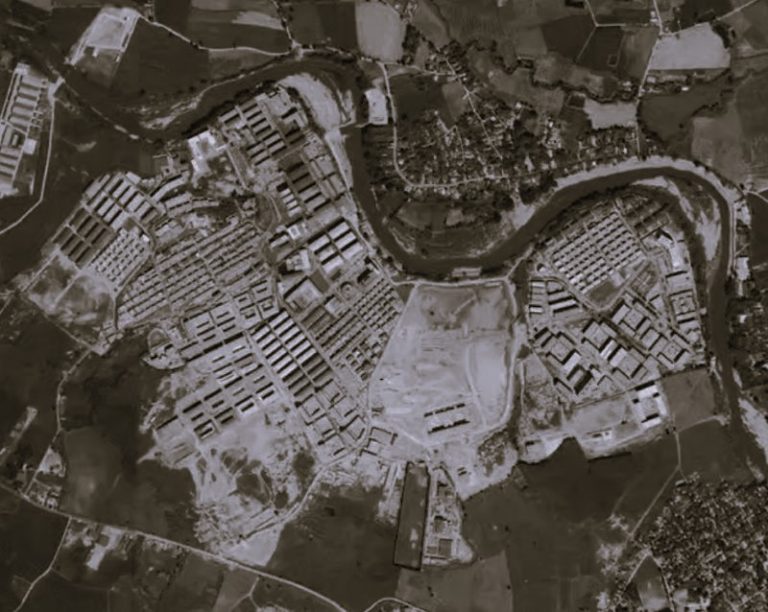
Sea routes got busy and the merchants began to travel with a variety of goods unknown to Europe until then.
Possibly being overjoyed by the tales of mythical exploits of Heracles, Semiramis, the fabled queen of Assyria, Cyrus, King of Persia and so on, Alexander the Great set out from the tiny kingdom of Macedon for a daring adventure, unheard of in the entire civilized world. His theatre of war was vast, extending from out of the Danube River to beyond Indus in northwest India. If one takes the present-day geography into account, it included Asiatic Turkey, Syria, Palestine, half of Egypt, Iraq, Iran, Afghanistan, the Punjab, Sindh, Baluchistan and southern Turkistan – in all about 2,000,000 square miles with an estimated 50,000,000 people during Alexander’s time. It covered every type of terrain: fertile plains, arid deserts, vast mountain ranges and great rivers. Besides the vast army under Alexander’s veteran commanders, there were historians, botanists, geographers, medicine professionals – in short scholars of almost every description travelling alongside. They left behind a vast store of information of what they saw and heard in the strange lands in the course of their journeys.
For the first time the sea routes got busy and the merchants began to trail with a variety of goods unknown to Europe until then. To cite just one example, the merchants and seamen of Roman Egypt knew India well and there survives a remarkable seaman’s guide, compiled in Greece by an anonymous author towards the end of the first century AD, known by the title The Periplus of the Erythrean Sea. Drawing upon this text, Ptolemy’s Geography of the following century appeared on the scene. In this one reads of Indian fortune-tellers, conjurers and prostitutes in Rome, while mahouts often accompanied the elephants to the West. There are records of several ambassadors from Indian kings to the Caesars. The earliest of these is said by Strabo to have been sent by the king of the Pandyas, and was met by Augustus at Athens in about 20 BC. This mission included an Indian ascetic called Zarmanochegas (Śramaņ ācarya in Sanskrit) who, growing tired of a life of earthly bondage, burnt himself to death in Athens.

Alexander the Great died in Babylon on the 13th of June, 323 BCE. His Macedonian-Greek empire broke apart, but Alexander’s heritage was felt throughout the ancient Mediterranean world for centuries. Three Hellenic empires emerged from the wars of succession that followed his death: The Antigonid Empire in Macedonia, the Seleucid Empire in Persia and Mesopotamia, and the Ptolemaic Empire in Egypt. Hellenic culture was kept alive and spread all across the known world: often with the sword, but even more successfully through trade.
The Ptolemaic influence extended from Carthage in the Maghreb via Alexandria in Egypt to Meroë in Nubia. Ptolemaic trade routes extended as far south as Abyssinia and Somaliland in Africa, as well as to India by sea trade. The Seleucid influence extended from Antioch in the West via Seleucia in Babylonia and Persepolis in Persia to Bactra, the gateway to the Asian steppes… and to Xian in China along the Silk Road. By these routes, Greek culture was exported, and exotic goods such as elephants, ivory, pearls, and silk were imported into the Mediterranean.
The main items sought after were, of course, spices, perfumes, jewels and fine textiles. Other high-profile trade items were live animals and birds, elephants, lions, tigers and buffalos for the wild beast shows of the Roman emperors. These large animals went overland through the desert city of Palmyra. Smaller animals and birds went overseas in larger quantities as pets of wealthy Roman ladies. Emperor Claudius succeeded in obtaining from India a specimen of the fabulous phoenix, probably a golden pheasant, one of the loveliest of Indian birds.
Beginning with Arrian and proceeding through all the biographers, historians and scholars, even to modern times with Sir William Tarn, all affirm that Alexander the Great stood at the crossroads of history between Asia and Europe. A new dawn in the civilized world began with political, commercial and cultural cross fertilization across the continents. Between his time and the middle of the fifteenth century AD, when Vasco da Gama ventured out to sail to the western coast of India, Alexander’s influence on every walk of life continued to hold its sway – an unbroken period of eighteen hindered years. Vasco da Gama was a Portuguese explorer, one of the most successful in the Age of Discovery and the commander of the first ships to sail directly from Europe to India. As truly great as de Gama was, he owed his opportunity for success, finally, to the exploits of Alexander in opening the way to India.
Originally published by Sanujit at the Ancient History Encyclopedia, 01.12.2011, under a Creative Commons: Attribution-NonCommercial-ShareAlike 3.0 Unported license.







